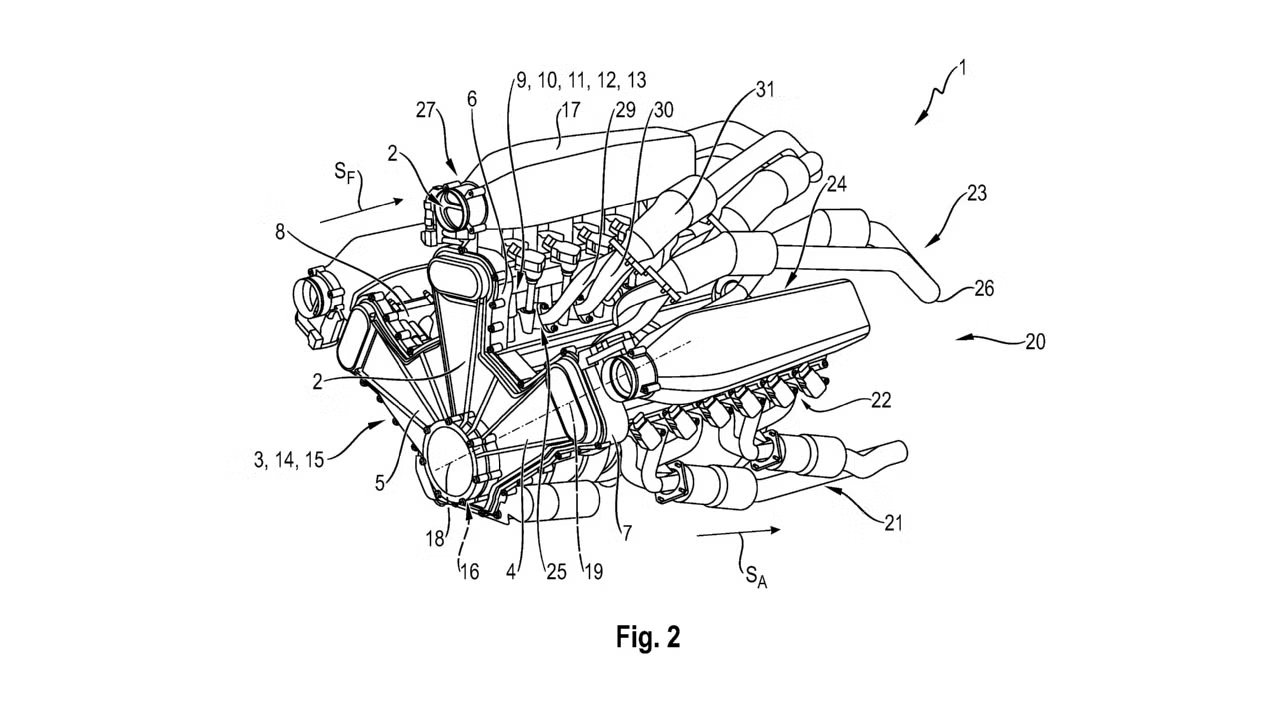Tesla's Bold Leasing Strategy Aims to Boost U.S. Demand Amid Q4 Rush
Reports on manufacturing, labor and earnings with clear, practical context. Drives a Tesla Model 3 RWD; family hauler is a Volvo XC60.
In a surprising move, Tesla has slashed its leasing prices across the United States to galvanize demand as the fourth quarter of 2025 progresses. This strategic adjustment in leasing terms for the Model 3, Model Y, and the much-anticipated Cybertruck reflects Tesla's push to capture short-term market interest.
Tesla's recent decision to cut leasing costs is seen as a tactical maneuver to stimulate demand quickly. The automaker has introduced significant price reductions: a 23% decrease for the Model 3, a 15% cut for the Model Y, and a 7% drop for the Cybertruck. This aggressive pricing strategy offers customers the chance to lease a Model 3 for $329 per month, down from $429, a Model Y for $449, down from $529, and a Cybertruck for $699, previously $749. These offers are part of Tesla's broader strategy to end the year strongly, as the company traditionally introduces enticing deals towards the end of each quarter. However, the short duration of these offers, expiring on November 1, suggests Tesla might be testing the waters for demand elasticity in the current market.
The rationale behind Tesla's leasing strategy is multifaceted. With the recent removal of the $7,500 federal tax credit, consumers have become more price-sensitive, and Tesla's reduced leasing rates could serve as a potent incentive to convert interest into sales. Furthermore, these offers are applicable to the entry-level configurations of Tesla's models, including the Model 3 Standard, Model Y Standard, and the Cybertruck All-Wheel-Drive, making them accessible to a broader audience. By offering such rates, Tesla not only aims to maintain its competitive edge but also to potentially increase its market share amidst growing competition in the electric vehicle industry.
Tesla's lease offerings could have broader implications for the automotive industry. By lowering the barrier to entry for its vehicles, Tesla is likely to attract a new demographic of customers who might have previously considered their cars out of reach. Additionally, this move could set a precedent for other automakers to reevaluate their pricing strategies, especially as they navigate the challenges of transitioning to electric vehicles.
While the leasing terms are clearly designed to entice, they also raise questions about Tesla's long-term strategy. The decision to offer such short-term deals could indicate that Tesla is gauging market reactions to inform future pricing and product strategies. Moreover, it highlights the company's adaptability and willingness to experiment with different sales tactics to drive growth and maintain its leadership position in the electric vehicle market.
As the automotive industry continues to evolve, Tesla's latest leasing initiative signals a dynamic approach to market challenges. By responding swiftly to market changes and consumer needs, Tesla is positioning itself not only as a pioneer in electric vehicles but also as a nimble market leader capable of influencing industry trends. This strategy may well pave the way for future innovations in how electric vehicles are marketed and sold, setting new benchmarks for consumer engagement.
About Priya Nair
Reports on manufacturing, labor and earnings with clear, practical context. Drives a Tesla Model 3 RWD; family hauler is a Volvo XC60.



